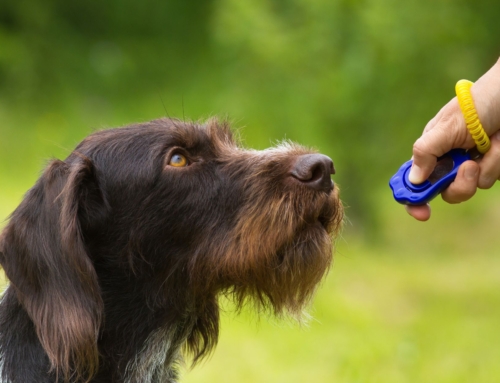Just like having children, there’s nothing like the horror of losing a pet – one minute they’re there – the next they’re gone. Perhaps we’ve returned from work or school and they’re not there waiting for us when we arrive home.
In any event, I’m sure we’ve all done what’s expected as responsible pet owners, they’re properly licensed with a collar and ID tags, maybe they even have a microchip implanted, but there’s other options available and some common misconceptions out there when it comes to missing pets.

Getting Ink & Photos
Everyone’s getting tattoos nowadays and this is also an option for identifying your precious pet. Usually located on the ear or inner thigh, this may or may not be the best choice. On the upside, it’s a permanent marking, but on the downslope it’s painful for the dog and usually requires anesthesia for the application process. Similar to dog tags, they can fade or become distorted with age and they can become illegible.
Speaking of age, be sure you have current pictures of your pet in case they do go missing. This probably goes without saying for most pet owners nowadays, especially those carrying smartphones and posting on social media, but it’s still worth mentioning.
The Name Game
Here’s an interesting concept many pet owners don’t realize when it comes identifying their pet using a collar and ID tag. Almost all of these list the pet’s name on them. This is a big mistake and here’s why. Face it, not everyone is a good samaritan and just because they find your missing animal, that doesn’t mean they will return it to you or take them to a shelter.
Let’s say a stranger finds your missing dog, who is wearing a collar and ID tag engraved with their name and your contact information. Here’s a cute, friendly, well-cared for pooch, who is licensed and trained. Perhaps this well-meaning stranger intended to return your pet, but after calling it by name and becoming attached to it, maybe they’ll change their mind and keep it for themselves.
Many Are Returned Myth
This is perhaps the biggest misconception when it comes to lost animals, many people believe most of them are returned to their rightful owners, but the truth couldn’t be further from this myth. If they were in fact reunited to their masters, there wouldn’t be such a tremendous problem with overpopulation in pet shelters across the country and around the world.

In fact, according to recent figures from a 2015 Research Symposium from the National Council on Pet Population, numbers are dismal for dogs and even worse for cats. Of the over 7.6 million companion animals that enter shelters annually in the United States:
●DOGS: 26% are returned to their owners, 35% are adopted and 31% are euthanized.
●CATS: Only 5% of felines are returned to their owners, 37% are adopted and 41% are euthanized.
While there are no statistics available for people helping people, those who return lost animals from information found on flyers, posters and ID tags, the number of animals put down still outweighs the amount returned to their rightful owners. Perhaps the best news in this equation, at least the combination of those adopted exceed (for dogs) and come close (for cats) to those that are put to sleep due to a lack of a good, loving home.

Amber Kingsley is a freelance writer whom has donated countless hours to supporting her local shelter within operations snd outreach. She has spent most of her research with writing about animals; food, health and training related. Plus, she has tried numerous methods of training with local Southern California trainers.











